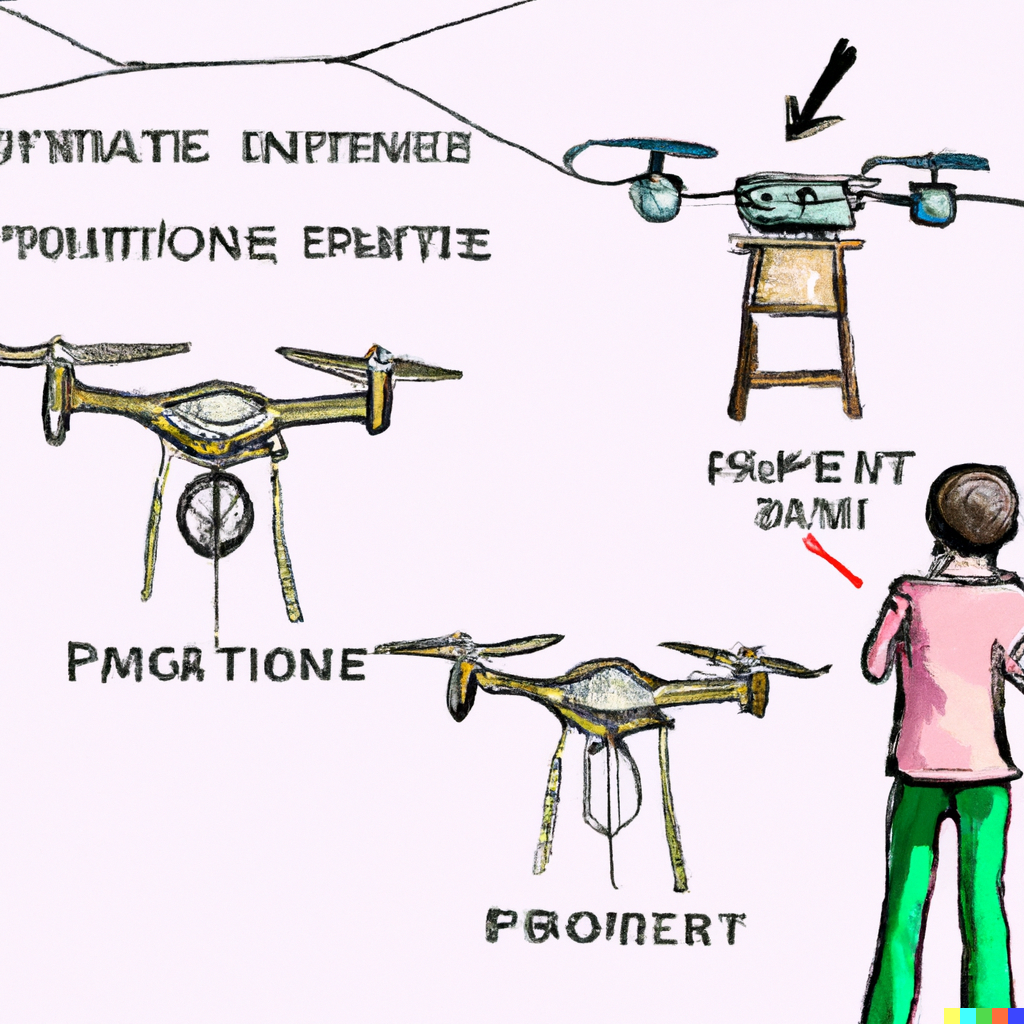There are several technologies used to counter unmanned aerial vehicles (UAVs), commonly referred to as drones:
- Drone Jamming: Drone jamming refers to the use of electronic devices to interfere with the radio signals used to control and communicate with unmanned aerial vehicles (drones). This disruption can prevent the drone from receiving commands from its operator, effectively rendering it inoperable. Drone jamming devices work by emitting radio signals at the same frequency as those used by the drone’s control system, creating interference and effectively jamming the connection. Drone jamming can be used to counter potential threats posed by drones, such as illegal surveillance or the delivery of dangerous payloads. It’s important to note that the use of drone jamming devices is regulated by law in many countries and may be illegal without proper authorization.
- GPS Spoofing: GPS Spoofing Anti-Drone technology is a security measure designed to prevent drones from being hacked and used for malicious purposes. It works by detecting and blocking GPS signals that have been altered or falsified in an attempt to trick the drone into following a false set of coordinates. This technology is used in various forms, including hardware and software solutions, to prevent unauthorized access to drones and protect against malicious activities such as aerial espionage, theft, and other security threats. By implementing anti-spoofing measures, organizations can ensure the safety and security of their airspace and assets.
- Net Guns: Anti-drone net guns are weapons designed to capture or disable unmanned aerial vehicles (drones). They work by firing a net, typically made of strong, lightweight materials such as Kevlar, that entangle the drone and brings it to the ground. Some anti-drone net guns also incorporate technology that disrupts the drone’s control and communication systems, effectively rendering it inoperable. These types of weapons are used by law enforcement and military organizations to counter potential threats posed by drones, such as illegal surveillance or the delivery of dangerous payloads.
- Laser Systems: This technology uses high-powered lasers to disrupt the drone’s sensors and cause it to lose control.
- Physical Barriers: This method involves using physical barriers such as fences, walls, or other obstacles to prevent a drone from entering a restricted area.
- Birds of Prey: Some countries have trained birds of prey to capture and carry off drones, much like they would do with smaller prey.

Each of these anti-drone technologies has its advantages and limitations and the choice of technology used depends on various factors such as the type of drone, the level of threat posed, and the operating environment.



